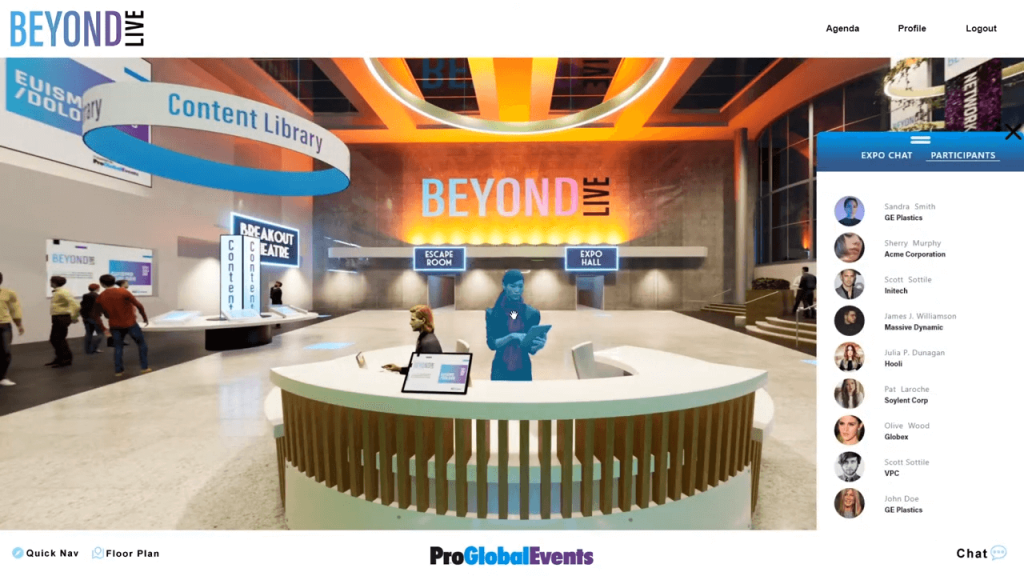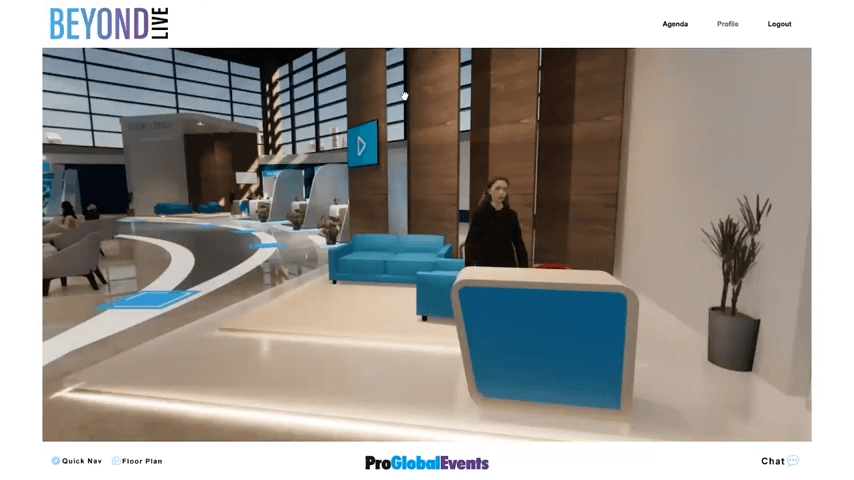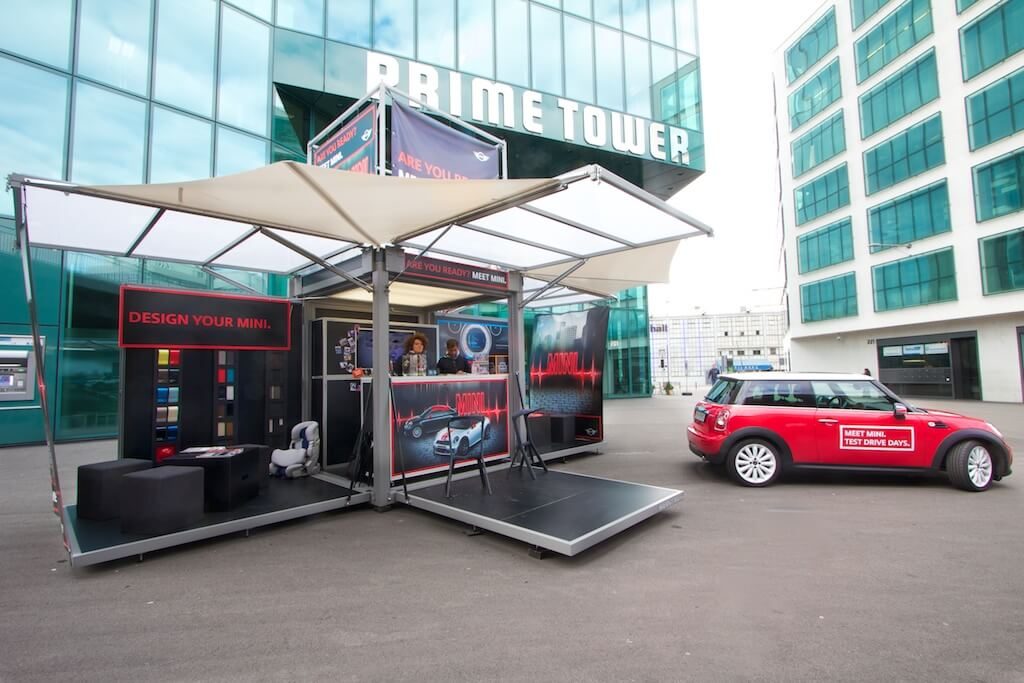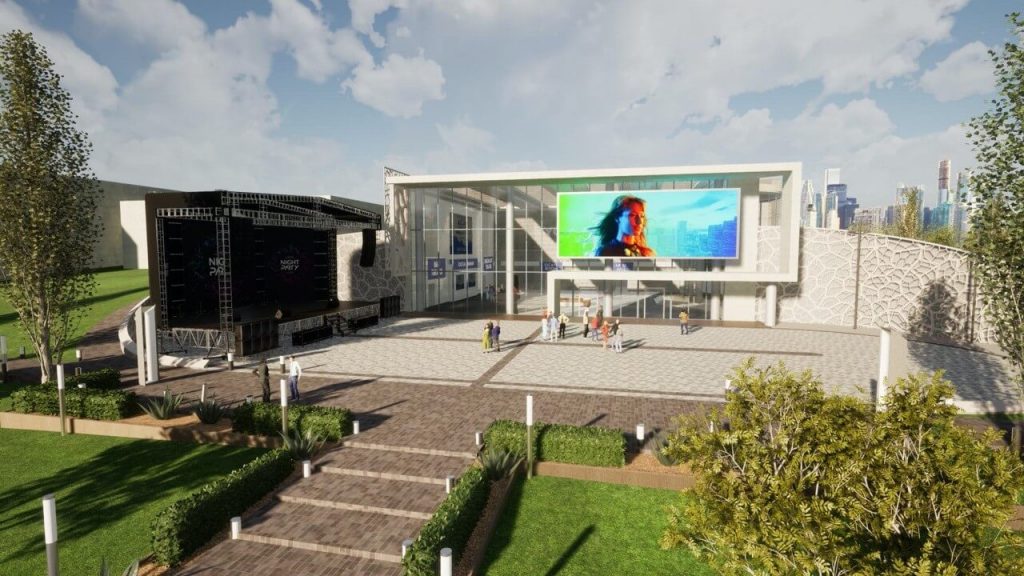Few things in life—and in business—are more frustrating than seeing hard work and well-laid plans fall flat due to circumstances that are beyond your control. After 2020 this was an all-too-common scenario for event planners as events were postponed or canceled altogether.
What if that didn’t have to happen?
Another, more desirable, option may be to make the transition to a virtual event. Instead of letting months of planning go to waste, move your event online.
Why Move an Event Online?
When a live event can’t go ahead as planned, you have few options. Canceling the event means you lose whatever goodwill you’ve built up as a result of the event, and your reputation may even take a hit. Postponing may mitigate those risks, but your event marketing campaign will almost certainly lose momentum and may need to be redesigned. You also risk losing sponsors and exhibitors. Neither cancelation nor postponement is a desirable option.
There is another path: Go virtual. Rather than canceling or postponing, making the transition to a virtual event makes good sense in many cases.
What are some of the benefits of moving an event online?
A virtual event is cheaper – Canceling or postponing an event may mean losing out on a venue deposit and other expenses, but by transitioning your event online, you still stand to gain, without adding to the losses. You’ll need to find a virtual event platform, but apart from that, there are no additional major financial outlays.
You have the opportunity to expand your audience – Some events are small because they’re hyperlocal and don’t need to attract an international audience. But if a bigger audience is something you want for your event, the move to an online format could make that possible. Barriers such as travel costs and distance aren’t issues for an online event, so moving your event online might expand your attendance figures.
You can gather high-quality data – It’s much easier to track attendees at an online event than at a virtual one. Give each registered attendee a unique identifier, and you can easily track what they do at the event, how engaged they are, and how they interact.
If your in-person event is a no-go, transitioning to an online environment is a viable option. So how do you make it happen?
Steps to Transition a Physical Event Online
1. Spread the Word
Once you’ve made the decision that your live event will transition to an online format, the very first thing to do is tell your audience. The sponsors, exhibitors, and attendees who are associated with the live version of your event are likely curious—even anxious—to hear what’s going to happen.
Your messaging should be clear, consistent, and informative. First, update the main page on your event website with the essential information. Make sure to include the following:
- That the event is not canceled or postponed but transitioning to a new format
- The reason for shifting the event online, e.g., public health concerns
- The date, time, and location of the new event. Since the new location is online, provide some information useful for both attendees and other constituents, such as speakers, sponsors or exhibitors, if relevant. If you don’t have this information yet, make it a TBD.
- Information about what people can expect at the online event. For instance, if you had live speakers planned, will they deliver their presentations online? If some of the live event content isn’t deliverable online, are you adding value to make up for that?
Once your information update is ready to go, spread it far and wide. Some options include:
- Issuing a press release
- Informing corporate and event help desk staff and customer support personnel. Make sure they have as much information as possible, so they can pass it on to callers.
- Informing sponsors by contacting them directly. They’ll likely have some questions about what their sponsorship deal might look like for an online event. Make sure you’re armed with information about how online sponsorship can benefit them and a sponsorship package that’s tailored for the online environment.
- Sending an email blast to your attendee list and a separate one to your exhibitor list. In both, include the main points, and add a link back to the event website for those who want more information. For exhibitors, add information about virtual exhibiting and the setup your virtual platform has for creating virtual booths.
- Posting and/or updating social media, with a link back to the event website. Ask your followers to share these messages on their own pages, so the information gets to as many people as possible.
- Adding a banner to your corporate website with the essential details and linking the banner to the event website
2. Modify the Online Registration Process
At this point, you need to move quickly, as your would-be attendees and exhibitors are waiting to hear how to get involved in the online version of your event. The quicker, the better. You don’t want to lose momentum and audience interest while you’re getting your event registration and platform sorted out. Note: If you prefer, you can secure your online registration process before making the announcement about moving to an online event. Either way, both steps still need to be done ASAP.
If you’ve already been offering online registration, as many live events now do, this step is relatively simple. Just modify your registration pages to reflect the changes to the event. This might include modifying:
- The date, time, and location of the event
- The event schedule
- The event content
- Anything else that’s changed due to the move online
If your previous registration process wasn’t online, you have some extra work to do, as you’ll need to add a registration page to your event website.
Pro tip: Some registered attendees or exhibitors may decide they don’t want to attend the online version of your event. Have a policy in place for dealing with this situation. Typically, this means offering a full refund to any who decide to opt out.
3. Move from a Live Venue to Virtual Event Platform
At an in-person event, attendees, exhibitors, and other individuals meet and interact at a venue. When you transition from physical to virtual, you need an online hub to replace that venue. This means choosing from among the many virtual event platforms available specifically for this purpose. These platforms differ a lot in terms of what kinds of features they offer, so it’s important to investigate your options thoroughly. If you want to provide a seamless, user-friendly attendee experience, it’s generally best to opt for an all-in-one platform, which integrates everything you need to host a live event. This means that attendees can view event content and exhibitor booths, network in chatrooms, and more—all in the same place. Plus, with the right all-in-one service, you also get an integrated helpdesk and technical support, so users have help available if they run into any issues while viewing event content.
Also take into account the feeling you want attendees to have as they interact with your content. A Zoom call or webinar is a very different thing than a 3D immersive virtual event platform, like XtendLive.
What beats a webinar?
One important thing to note about virtual event platforms is that, initially at least, a big chunk of your audience won’t be familiar with how they work. As online events become more common over the next few years, regular eventgoers will become seasoned pros, but for now, consider that most people are newbies. In your pre-event email blasts, make a point of highlighting the features of the event platform you’re using, so people aren’t struggling to catch up when the event starts.

4. Add Online Content
Once registration has been set up and the news is starting to spread, your next steps are all about securing the online content you need to make sure your virtual event is a success. Depending on the nature of your event, much of the content planned for the live version can make the transition to the online environment right along with you.
You’ll need to contact each speaker and presenter to talk about how they can participate in your virtual event. For the most part, all they’ll need is to have an internet-supported device that they can use to connect to the online event platform.
Some people may be wary about presenting or speaking online. For those who are used to live audiences, it can be a big change to speak to people you can’t see or hear. So it’s important to highlight how presenting or speaking online can benefit them. For instance, they can give their speech or presentation anywhere, without having to travel or spend any time away from home. And they can still interact with their audience using the engagement tools the event platforms provide.
5. Set Up Your Content Schedule
Once you have your content finalized, update your event website with an event schedule. Send out new emails to your mailing lists and talk about the content on social media to let people know you have great content lined up.
When you’re creating your new online content schedule, think about how you’re going to space out the content you have over the course of the event. In-person events have certain restrictions that don’t apply to virtual events, and this might influence your schedule. For instance, they’re always time-restricted. They last a couple of days, or up to a week, with a potentially huge amount of content packed into that time.
A virtual event doesn’t necessarily have to be that way. A one-day or two-day live event with an intensely packed schedule could become a five-day virtual event by scheduling content for afternoons only. And by making the schedule less packed, you may make it easier for people to attend and help increase your attendance and engagement metrics too.
6. Set Up Sponsor and Exhibitor Content
Once your sponsor list is finalized, you can add sponsorship content to your event website and virtual event platform. Depending on the deals you’ve worked out, this might include premium advertising, sponsored messages, a virtual booth, and other branded content.
Your event exhibitors can make the transition to your online event, too, if you choose an event platform that allows for the creation of virtual exhibitor booths. Once an exhibitor signs up to the platform, they can login to the event website and set up their virtual booth. Typically, this involves choosing from different booth templates, then uploading visual elements such as logos and other visual material, plus any video clips, presentations, and supporting documents they want to add.
Attendees can then visit virtual booths and check out whatever videos, demonstrations, and other information the exhibitors have provided. Via the event platform, attendees and exhibitors can exchange messages or talk in real time to exchange information, set up appointments, and more.

7. Test It All Out
Once you have every element of the event in place, it’s important to test everything to make sure it’s all working as it should. One way to do this is to login to the platform as though you were an attendee, so you can use the content just as your attendees will when the event goes live. Check out exhibitor booths, use chatrooms and messaging, and test out every feature to see what works and where things might need improvement. Your speakers and presenters should also test out their equipment and make sure it’s compatible with the event platform.
No Need to Cancel a Live Event When You Can Move It Online
Event organizers are discovering that virtual events have a lot to offer, as well as their own unique advantages. If you’ve been planning a physical event but want to do something fresh, consider moving it online!









